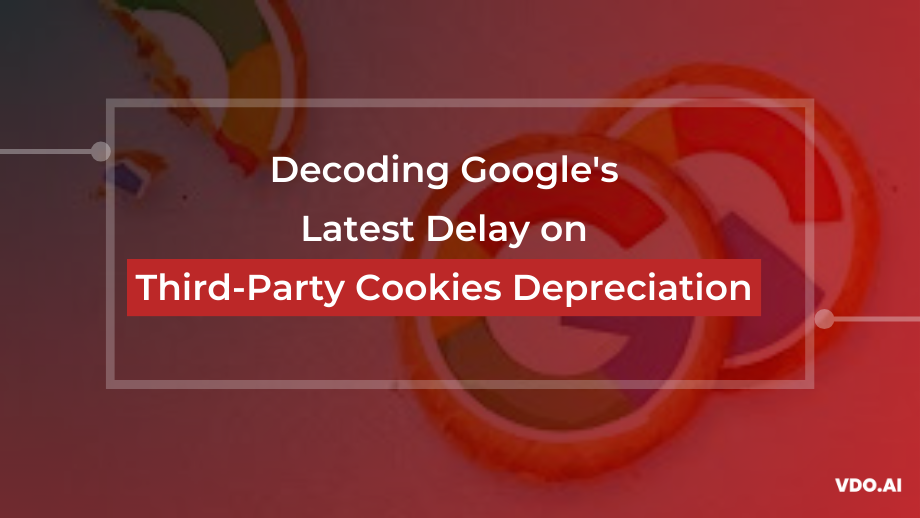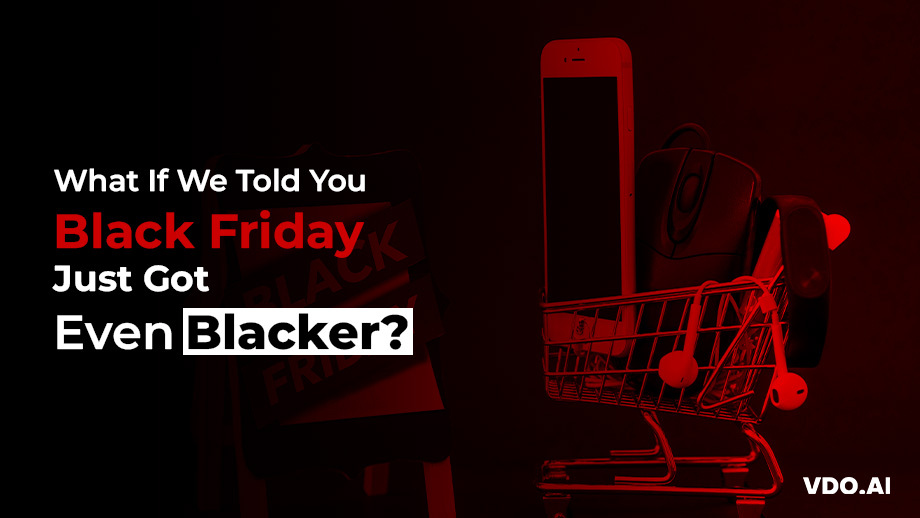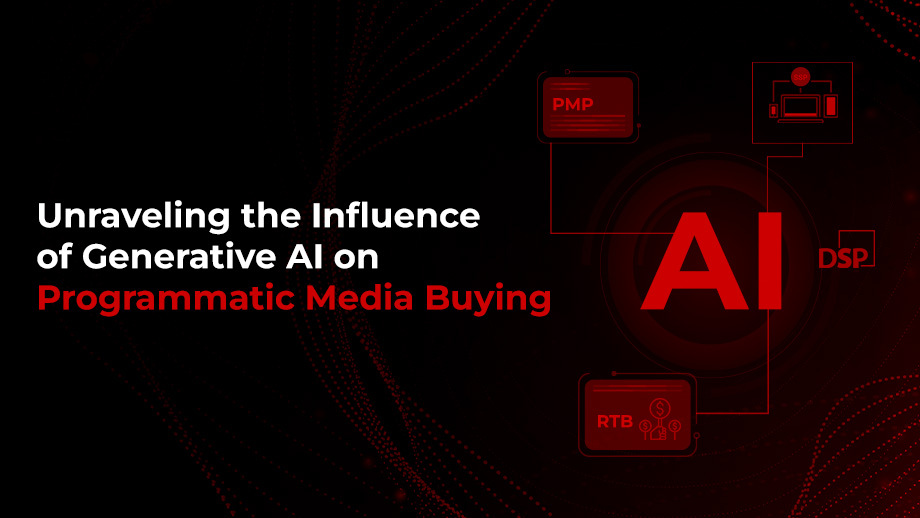Supply Path Optimization: Benefits & Challenges
Reading Time: 6 minutesSupply Path Optimization is the act of cutting down and reducing bid requests through an algorithm used by the demand-side platform. This reduction helps in making smarter buying decisions. As a result, partners can single out the most beneficial bids while the supply side platform still earns high revenue.
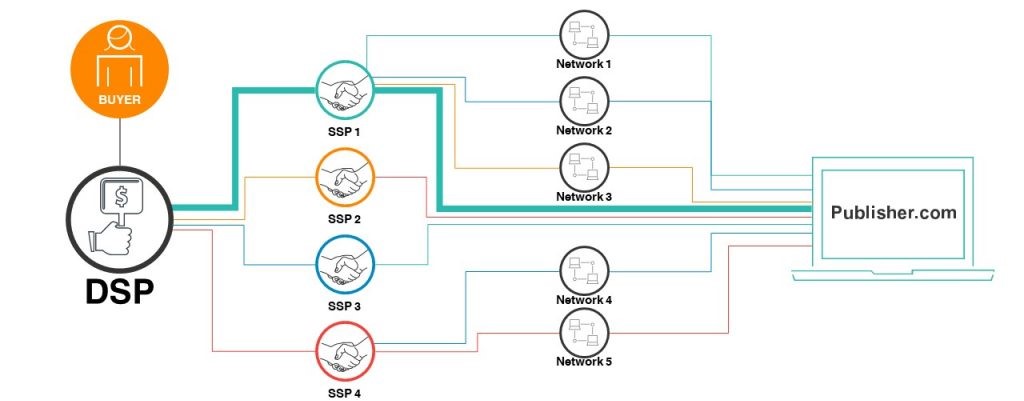
To understand SPO, picture a market where thousands of merchants are selling the same product more or less. A buyer who is unfamiliar with these sellers, he is in a tricky situation. This is because he most likely will end up paying way more than necessary for something artificial. However, a buyer who is familiar with the market faces a different situation. He will know exactly which seller to reach and by which route. As a result, he will pay a fair price for something genuine.
This is basically what marketers are dealing with when they buy ads through automation. Instead of reaching the publisher directly to win an impression, they have to take a different route through various factors like directly integrated ad exchanges, resellers, and header-bidding wrappers. This ultimately results in duplicate auctions for the same individual impression they are bidding for at a publisher’s website. This is where SPO comes into the picture. Ad buyers are using SPO to reach a publisher’s inventory through the most effective route.
How Does SPO Work?
Generally, in the case of any auction, it is preferred by buyers to have as many sellers as possible. An excess of supply will bring more options to the table for buyers, which ultimately decreases the prices. In the case of programmatic, it means that the DSPs and other agencies get access to inventories of as many SSPs as possible. Each SSP had an exclusive inventory, so increasing SSPs essentially meant that the number of sellers was increasing.

However, header bidding altered that structure entirely. Publishers started working with multiple SSPs simultaneously. Consequently, SSPs no longer have an exclusive inventory. So working with more than three-four SSPs did not increase the supply, it increased intermediaries instead. And at any auction, an intermediary should add individual value to justify its cost.
SPO is truly just the process of reducing the number of intermediaries until each is adding value.
Why SPO?
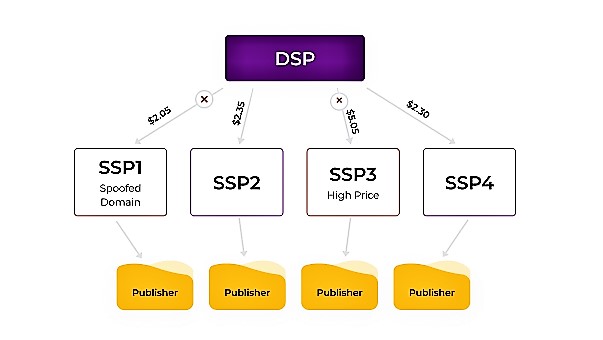
- Economic Control: SPO has the ability to increase the impact of a buyer’s ad spend. It ensures transparency of the fees charged by various supply-side platforms along with the effectiveness of a provider’s auction dynamics. It also controls the level of primary connections with the publishers.
- Quality Control: A significant amount of fraud still goes unchecked on many websites. Brand safety is still an issue faced by many DSPs. Advertising fraud occurs because many SSPs accept inventory from unauthorized resellers. SPO helps in identifying secure inventory and getting rid of those that don’t fit the desired criteria.
- Concentrated Innovation: In the new model of pragmatics, innovation has been far slower than expected. This happens because each SSP combines with over a hundred DSPs and in turn, each DSP collaborates with over a hundred agencies, which ultimately makes product innovation difficult. By forming meaningful connections with SSPs, agencies gain the power to determine the product roadmap as well as provide SSPs with incentives to develop custom technology.
- Holistic Insights: SSPs gather incremental data that buyers find very useful, be it auction data or bid data. But gathering all this data from a long list of SSPs is not possible. Hence, by consolidating SSPS, buyers can gather accurate and consistent insights over a larger portion of their ad spend. This way buyers can gain better leverage insights to improve their business efforts.
- Control Over Behaviour: Many advertisers buy through resellers, and as a result, they can’t have any clarity about their operational practices. SPO rewards supply partners who honor buyer’s values and larger visions. Hence by implementing SPO, buyers can encourage SSPs to put greater emphasis on generating advertiser’s return on investments.
How Does SPO Help Publishers?

Digital advertising is an interconnected ecosystem. Hence, in the long run, whatever is beneficial for advertisers is beneficial for publishers as well. Here are a few reasons how SPO benefits publishers:
- Reallocated Media Spend: With the implementation of SPO, the incomes will flow away from bad actors and higher earnings will come to the publishers who offer premium inventory quality.
- Competitive Demand: SPO is a chance for publishers to gain naturally competitive demand for their inventory. As a result, the publishers who offer unique and premium inventory have greater chances of enhancing their value and earning more.
- Improved Fill Rates: SSPs take essential steps to improve media-trading requisites for the publishers. Once SPO is implemented, they should track the path of how the publisher’s inventory reaches the buyers. SSPs should work on improving these paths because it will improve the fill rates of the publishers as well.
Challenges
While there are many advantages to SPO, there are many challenges that it has to face as well. For example, so far auction duplication has been mainly affecting web inventory. As a result supply path optimization is limited to this environment only. Since technology is constantly evolving, it is only a matter of time when the same issues affect mobile applications as well.
Also, another challenge that SPO faces is navigation. Navigation is nothing but defining the most optimized route for each brand. Even though DSPs are great problem-solvers when we talk about campaign optimization, it will take them years, at the very least, to learn deeply customized SPO strategies to satisfy individual advertisers.
Moving Forward
Over the next five years, programmatic advertising will proceed to rise. SPO is already transforming how buyers and sellers interact with each other in the dynamic programmatic world. In the upcoming future, this trend will most likely bring new advertising mediums and the best practices of the industry together to practice advanced ad tech standards. Ad tech platforms will collaborate with each other to determine where they can make changes and improvements. Publishers must also tackle the predicament of generating a duplicate inventory for the same impression.
FAQs:
1. What is Supply Path Optimization?
Supply Path Optimization is the act of cutting down and reducing bid requests through an algorithm used by the demand-side platform. This reduction helps in making smarter buying decisions. As a result, partners can single out the most beneficial bids while the supply side platform still earns high revenue.
2. How does Supply Path Optimization work?
SSPs no longer have an exclusive inventory. So working with more than three-four SSPs did not increase the supply, it increased intermediaries instead. And at an auction, an intermediary should add individual value to justify its cost. SPO is truly just the process of reducing the number of intermediaries until each is adding value.
3. State the reasons to choose Supply Path Optimization.
- SPO helps in identifying secure inventory and getting rid of those that don’t fit the desired criteria.
- By forming meaningful connections with SSPs, agencies gain the power to determine the product roadmap as well as provide SSPs with incentives to develop custom technology.
- By consolidating SSPS, buyers can gather accurate and consistent insights over a larger portion of their ad spend.
- SPO rewards supply partners who honor buyer’s values and larger visions. Hence by implementing SPO, buyers can encourage SSPs to put greater emphasis on generating advertiser’s return on investments.
4. How Does SPO Help Publishers?
- With the implementation of SPO, the incomes will flow away from bad actors and higher earnings will come to the publishers who offer premium inventory quality.
- SPO is a chance for publishers to gain naturally competitive demand for their inventory.
- Once SPO is implemented, SSPs should work on improving the path of how the publisher’s inventory reaches the buyers because it will improve the fill rates of the publishers as well.
5. What are the challenges of SPO?
So far auction duplication has been mainly affecting web inventory. As a result supply path optimization is limited to this environment only. Since technology is constantly evolving, it is only a matter of time when the same issues affect mobile applications as well.

